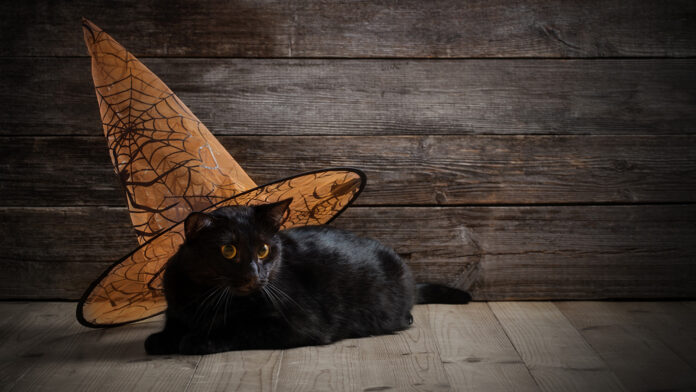Halloween is a day associated with tricks and treats, pumpkins, witches, and the color black. Being a festival celebrated all over the globe, Halloween is a fun season that falls on October 31st every year. However, Halloween is not all fun and games regarding the superstitions and many dark associations they are connected with. Gradually all of these associations became mere legends that are being remembered in the form of decorations and costumes. One such associated superstition is the black cat.
As far as the festival of pumpkins is concerned, these cats have been associated with Halloween for centuries. It is a classic symbol, but have you ever wondered why they are given such importance? Read this article and find out.
Black Cats Are A Symbol Of Bad Luck
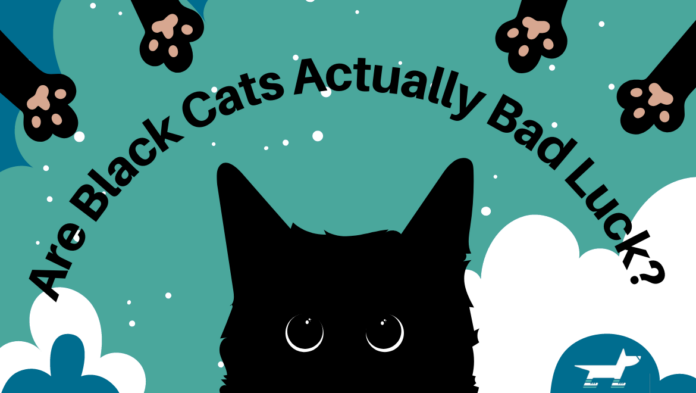
If you happen to walk around the streets on the night of October 31st, you will likely spot many Halloween decorations associated with the black cat, or maybe even some black cat costumes. Not only are they the symbols of superstition and ill luck, but they have also been associated with curses when passed by them. Especially in medieval France and some parts of Spain, these cats have been avoided at all costs for this reason. No wonder there are many black cat Halloween decorations during the pumpkin festival. Visit jubileegiftshop.com to get some this Halloween season!
Even Germans believed that these cats resulted from witchcraft and sorcery, which was not a good relationship. If a black cat passes by you from left to right, then Germans will likely tell you that you have been cursed. It is an exciting superstition, but not a globally agreed one. Many countries believe otherwise. In countries like Japan and Britain, these cats have sound associations and are known to bring you good luck, wealth, and prosperity. And ancient Egyptians still worship them as sacred and rare beings!
So how did they become bad luck and horror symbols in the west?
The History Behind Black Cats
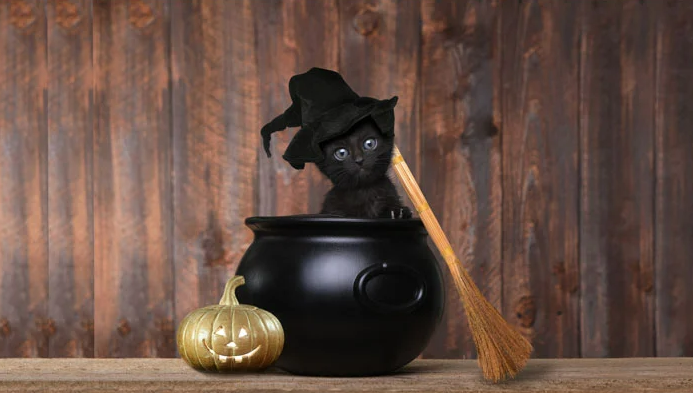
To understand this association, you must first familiarize yourself with what happened in the Plymouth colony. The Puritan Pilgrims rejected the concept of black magic, witchcraft, or anything related to sorcery. They believed these cats were a reincarnation of such blasphemy and persecuted them when found. Every Tuesday, they burnt black cats alive, hence the name “shrove Tuesday.” So these cats were initially thought of as contenders of witches, not bad luck.
Now you actively see black cats being used as decorations and themes due to their cemented association with the witches, which is the festival’s central theme. It also creates a spooky ambiance. Due to this superstition, the sad news is that these cats are not exposed to care in animal shelters.
Thanks to human nature, a story of its back every festival and tale creates associations. Halloween, in particular, is a medley and garland of iconic figures that make horror and uncertainty. The history behind Halloween dates back to the 4th century when the history of Puritan Pilgrims existed. They lived an orthodox protestant lifestyle, rejecting everything their religious beliefs told otherwise. Witchcraft is a practice that was done by people who believed in Satan. And therefore, anything related to witches was actively persecuted by them.
As far as witch stories are concerned, black cats were known to be the pets of witches and hence caught the eye of these pilgrims in the Plymouth colony. Moreover, they believed that witches could switch bodies from a human to these creatures. Other stories and legends prove that cats are mere reincarnations of witches. Others believe that the devil presented these cats as servants to the worshipers, the witches. And the list goes on and on.
These superstitions still exist today, and these felines are feared even now.
Witchcraft Hysteria
It is a century-long period from 1560 to 1660 between the European colonies. In this period, witchcraft literature became widespread, and many people became wary of all the associations with witches. However, how does all of this relate to the Halloween festival? To know that, we must first familiarize ourselves with the history behind Halloween.
October 31st has been a festival of darkness, superstitions, curses, witches, and sorcery. It revolves around spirituality, especially the dark kind. Halloween is a celebration for giving honor to the ones who have passed on. Cats, hence, became commercial icons of the festival.
Samhain
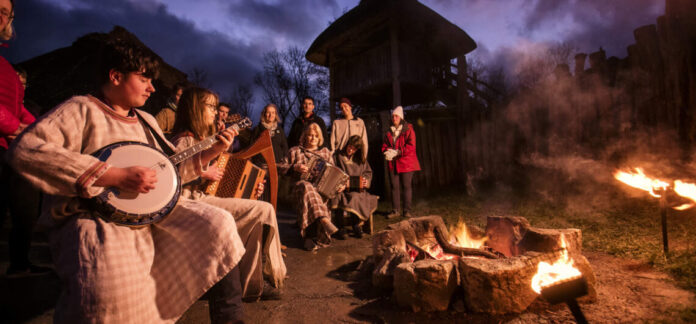
The unswerving association between these feline creatures and Halloween is from another festival called the Celtic festival Samhain. This period takes place between the dawn of October 31st and November 1st. Simultaneously, the Western Christian Church established All Saints’ Day later in the 9th century. These two groups collectively set the festival of Halloween as a mix of Samhain and All Saints’ Day.
Any home that left behind a milk saucer out for the cat to drink on Samhain was thought to receive a blessing from the Celtic fairy. This angelic figure was believed to resemble a big black cat with a white spot on its breast. The cat also cast a hex on homes without a milk dish outside. It’s possible that cats’ associations with Samhain also extended to Trick – or – treating.
The Middle Ages
This period was hellish for these felines. As mentioned, these cats are ill omen creatures that bring ill luck and disasters. In the 13th century, however, Pope Gregory IX published Vox in Rama on June 13th, 1233; and black cats no longer lived in peace.
Present Day Superstitions
As the progression of the 18th century continued, black cats’ fate turned better. By the late 18th century, society inclined more towards science, bringing good news to the felines. They became a mystery symbol and are used in good association in various kinds of literature.
These cats became widely recognized Halloween icons around the period of the Second World War, but as being lucky! Trick-or-treat culture became a festive custom, and having felines guard your doorway would keep any negative energy away from your residence.
Conclusion
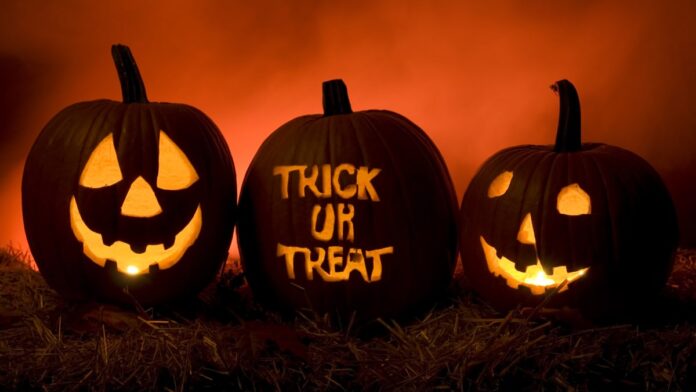
Like how summer transitions into autumn, Halloween’s dark history and concept turned into a fun and eerie festival that everyone celebrates with decorations and candy; you will see many Jack-O-Lanterns, pumpkins, and black cats all over your neighborhood. But how is the latter connected to the festival? Dark histories and terrifying legends back the association. Although the situation has improved to a marginal extent, these superstitions are still alive. So, if you ever see a black cat, make sure you treat it with the warmth of love and care.
